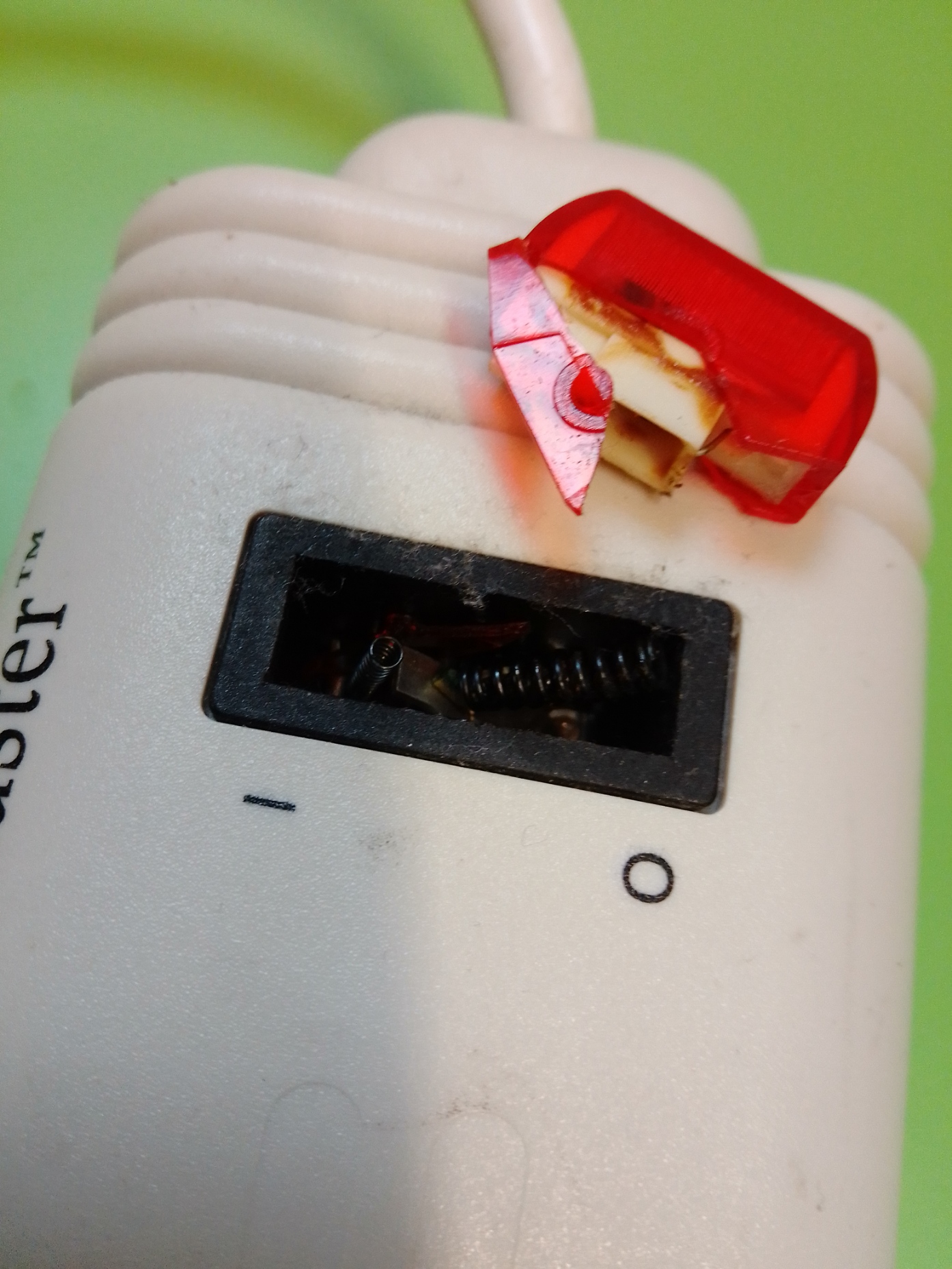FreeTube is a YouTube client for Windows, Mac, and Linux built around using YouTube more privately. You can enjoy your favorite content and creators without your habits being tracked. All of your user data is stored locally and never sent or published to the internet. FreeTube grabs data by scraping the information it needs (with either local methods or by optionally utilizing the Invidious API). With many features similar to YouTube, FreeTube has become one of the best methods to watch YouTube privately on desktop.
Author Archives: Andrew
How to DIY self-clean an infected Windows PC
PhotoDemon Image Editor
PhotoDemon is a portable photo editor. It is 100% free and 100% open-source.
The app provides a comprehensive selection of photo editing tools in a very small download. It runs on any Windows machine (XP through Windows 11), and as a portable app, you can carry it around on a USB drive or SD card. It never needs to be installed, and it does not require administrator access to run.
PhotoDemon is designed to work anywhere in the world under any language and locale settings. Volunteer translations are currently provided for more than a dozen languages.
Windows Batch File – Back Up DropBox to Removable USB drive
Paste the following code into a .bat text file to create a runnable script that copies your DropBox folder contents to a specified folder on any removable drives (D: thru H:) present. This excludes the dropbox cache and other hidden and system files. Double-click the batch file or run from the command line. You can change the destination folder name (after ‘Destination=’) or the source dropbox folder location if different (“%USERPROFILE%\Dropbox”). You could also edit the example file (‘Excludefile.123’) to exclude other files or file types (like ‘*.zip’) or directories (add to ‘.dropbox.cache’) – use spaces to separate multiple entries – see Robocopy for more information. A log file is created in the root of the destination drive recording what was done.
@ECHO OFF
TITLE Backup
REM
SET Destination=FolderOnUSB
SET Counter=0
ECHO.
ECHO DropBox BackUp Job to folder '%Destination%' on removable USB drives
ECHO *** Excluding hidden '.dropbox.cache' folder, system files ***
ECHO.
ECHO *** WARNING files-in-use may be skipped ***
CALL :SleepSeconds 5
REM loop thru drive letters
FOR %%x in (D E F G H) DO (CALL :CopyToDrive %%x)
REM
ECHO Finished - Drives updated = %Counter%
ECHO.
TIMEOUT 10
EXIT /B %ERRORLEVEL%
REM
REM **************Functions*****************
:CopyToDrive
SET DriveLetter=%~1
REM ECHO Searching for %DriveLetter%:\%Destination%
IF EXIST "%DriveLetter%:\%Destination%\" (
ECHO %DriveLetter%: Data Drive updating
CALL :SleepSeconds 5
ROBOCOPY "%USERPROFILE%\Dropbox" "%DriveLetter%:\%Destination%" /MIR /FFT /Z /NP /TEE /XA:H /XD .dropbox.cache /W:5 /XJ /XF ExcludeFile.123 /NFL /log:"%DriveLetter%:\%Destination%-CopyLog.txt"
set /a Counter=%Counter%+1)
REM
ECHO.
EXIT /B 0
REM ========================================
:SleepSeconds
SET DelaySec=%~1
TIMEOUT /T %DelaySec% /NOBREAK > nul
EXIT /B 0
Find Lost UK driving licence Number
If you have mis-placed, lost, forgotten or otherwise are unable to find your Drivers License Number in the United Kingdom you can probably use this link Click Here on GOV.UK to recover it with your National Insurance (NI) number.
Microsoft Outlook failing to open
There’s a repair option available from the control panel programs & features dialogue or the Apps panel from settings in later versions of Windows.
Windows Batch File – to create an empty folder structure in the same folder
Paste the following code into a .bat text file to create a runnable script that makes a new empty folder structure within the same directory by double-clicking the file or running from the command line. You can change the CALL lines to reflect the folder names you require.
@ECHO OFF
TITLE Make Folders
REM use path of script %~dp0 as working directory
REM this ensures that working directory is set expicitly
REM if run from CMD prompt the script path might be otherwise ignored
pushd %~dp0
ECHO Making Empty Folder Structure
CALL :MakeFolder My-Config
REM create a folder with a space in the name use quotes "My Config"
CALL :MakeFolder My-Desktop\Sub-folder
REM create a sub folder
CALL :MakeFolder My-Documents
CALL :MakeFolder My-Downloads
CALL :MakeFolder My-Music
CALL :MakeFolder My-Pictures
CALL :MakeFolder My-Videos
popd
TIMEOUT 5
EXIT /B %ERRORLEVEL%
REM
REM create folder function
:MakeFolder
SET fldr=%~1
if not exist %fldr% MD %fldr%
EXIT /B 0
AnyBurn Software
- Burn all CD / DVD / Blu-ray disc image files.
- Backup or add files and folders to CD, DVD, or Bluray disc
- Burn Audio CD which can be played in regular CD player from mp3, m4a, ape, flac, wma files…
- Rip Audio CD to MP3, FLAC, APE, WMA, WAV files.
- Copy disc using sector by sector method.
- Create image files from hard disk files or CD / DVD / BD discs.
- Convert disc image files between various formats.
- Create bootable USB drive for Windows 7, 8, 10, or Linux.
- Test disc sectors.
- Support both 32-bit and 64-bit Windows.
- Link to Website
Belkin Surgemaster blown
This power strip failed after several years use by ejecting its power switch
Model F5C204u1 in the UK



iPerf – Network speed test tool LAN, WAN, WiFi
iPerf – The ultimate speed test tool for TCP, UDP and SCTP
